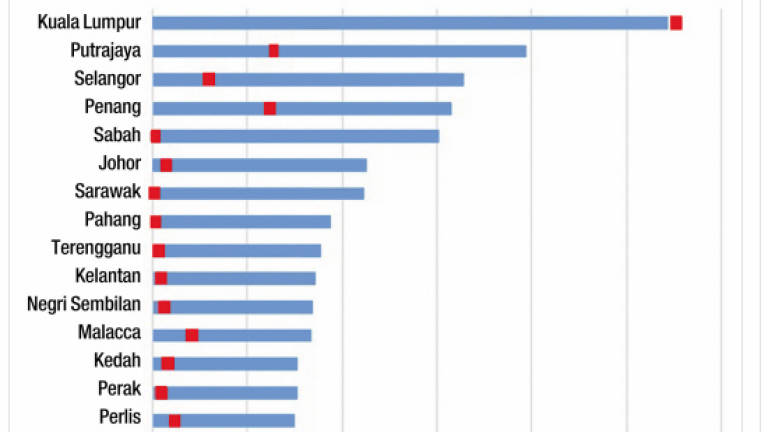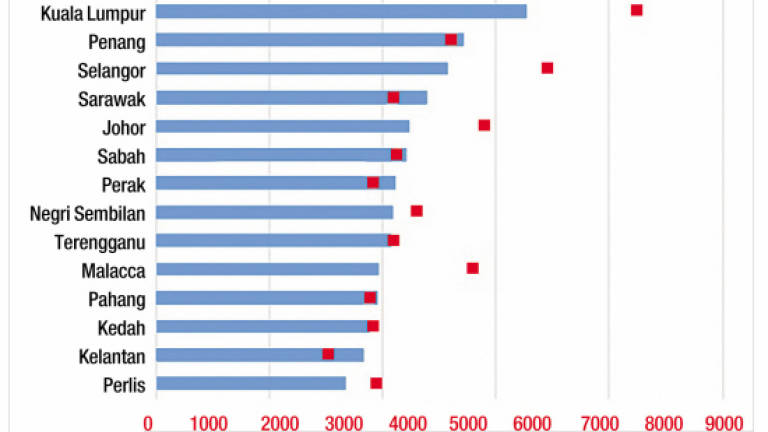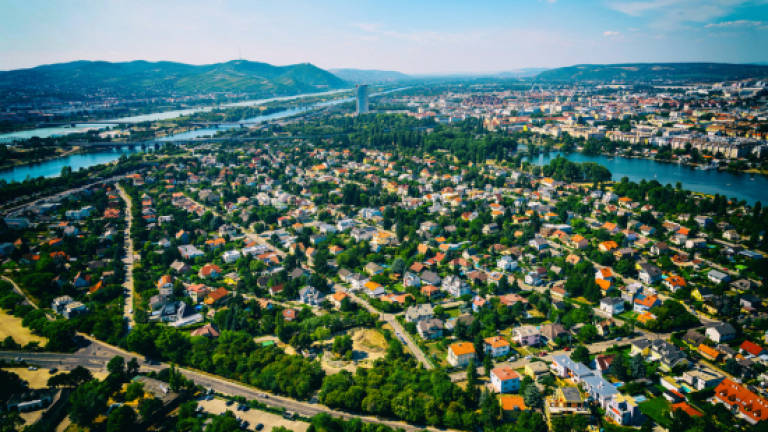Length and breadth of property dimensions - Part 2



CONTINUING from our previous article on the subject of the size of property in the city, suburbs and rural areas, below are additional interesting insights from Tennsui Khow’s article, with stat charts from iPropertyIQ and brickz.my
Briefly, last week’s two-page article highlighted the fact that:
»the dimensions of bungalows increases farther out of the city (suburbs and rural areas);
»from the city to the suburbs, the size of terrace houses and condominiums increases; but
»from the suburbs to the rural areas, the size of terrace houses and condominiums actually decrease.
Deeper look on a broader scale
This week, we explore Khow’s discovery: “that terrace houses are cheaper as one moves farther out of the city, but incomes do not substantiate for the bigger properties (income in the city centre far outweighs that in rural areas)”.
*Observing population
Wanting to find the inter-connection between the size of property and incomes, Khow manages to retrieve data, providing insights on the various states, population density per sq km and the price on the average terrace size per sf in our currency.
Khow’s findings revealed:
A] Average size of terrace houses (considering the average size of terrace houses by state):
»Putrajaya to have the largest average terrace house size with 1,900 sf;
»next to it is Sarawak with 1,359 sf;
»followed by Kuala Lumpur with 1,273 sf;
»while the smallest average size was found to be in Perlis at 948 sf.
B] Population density (by dividing the population obtained from Department of Statistics against the area of the state)
»the highest population density was found in Kuala Lumpur with 7,354 people per km square;
»next is Putrajaya with 1,700;
»followed by Penang with 1,640;
»while the lowest population density was found in Sarawak with only 22 people per km sq.
Discovery
It was not surprising to find, after considering the population density against terrace house prices, that the population density does affect terrace house prices – the more densely populated the area, the higher the price of property for terrace houses.
* Observing monthly gross household income
Taking into account the monthly gross household income (retrieved from the Malaysian Statistics Department), Khow found:
»residents in Kuala Lumpur recorded the highest median monthly gross household income earners receiving RM7,620 per month;
»not too far behind was inhabitants in Putrajaya taking home RM7,512 per month;
»followed by Selangor earning RM6,214 per month.
Khow felt that the spike in income for Selangor and Johor could be the result of “spillover” from the neighbouring state/country. Data also showed that there has been a dramatic increase in household income, for those residing in Malacca, especially in recent years. Khow expects a property boom in the state, with the High Speed Rail stopping in Ayer Keroh.
Discovery
Having considered the average income and the size of terrace properties across the various states/cities, data revealed that owners of larger terrace houses were not found in places like Kelantan or Pahang where there is an abundance of land and prices are cheaper; instead it was in high-income earning locations like Putrajaya and Kuala Lumpur.
The conclusion: “While property owners will be able to purchase larger properties at a bigger discount on moving out into the suburbs and rurals, this was only a part of the “big picture”. Ultimately, people’s income and earning power are still the bedrock and prime force to influence how big a property they can purchase, whether in the city, the suburbs or the rurals.”